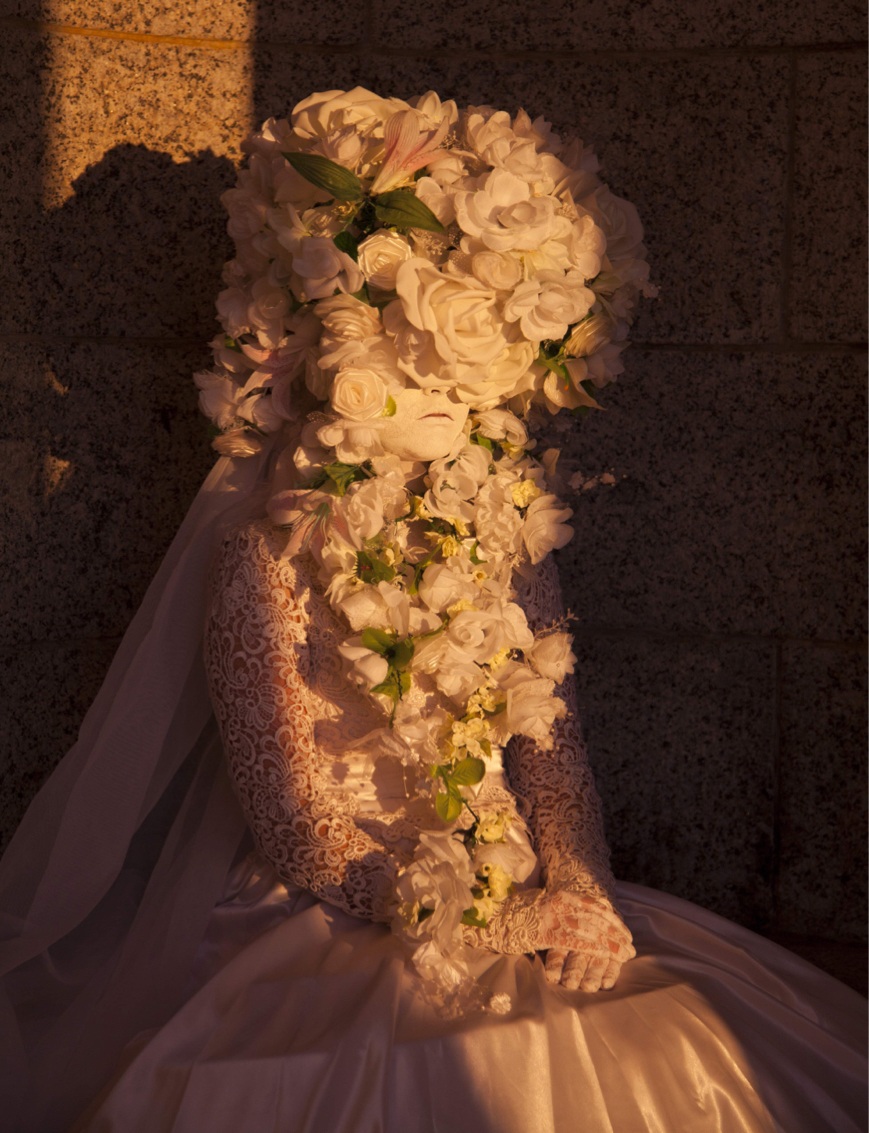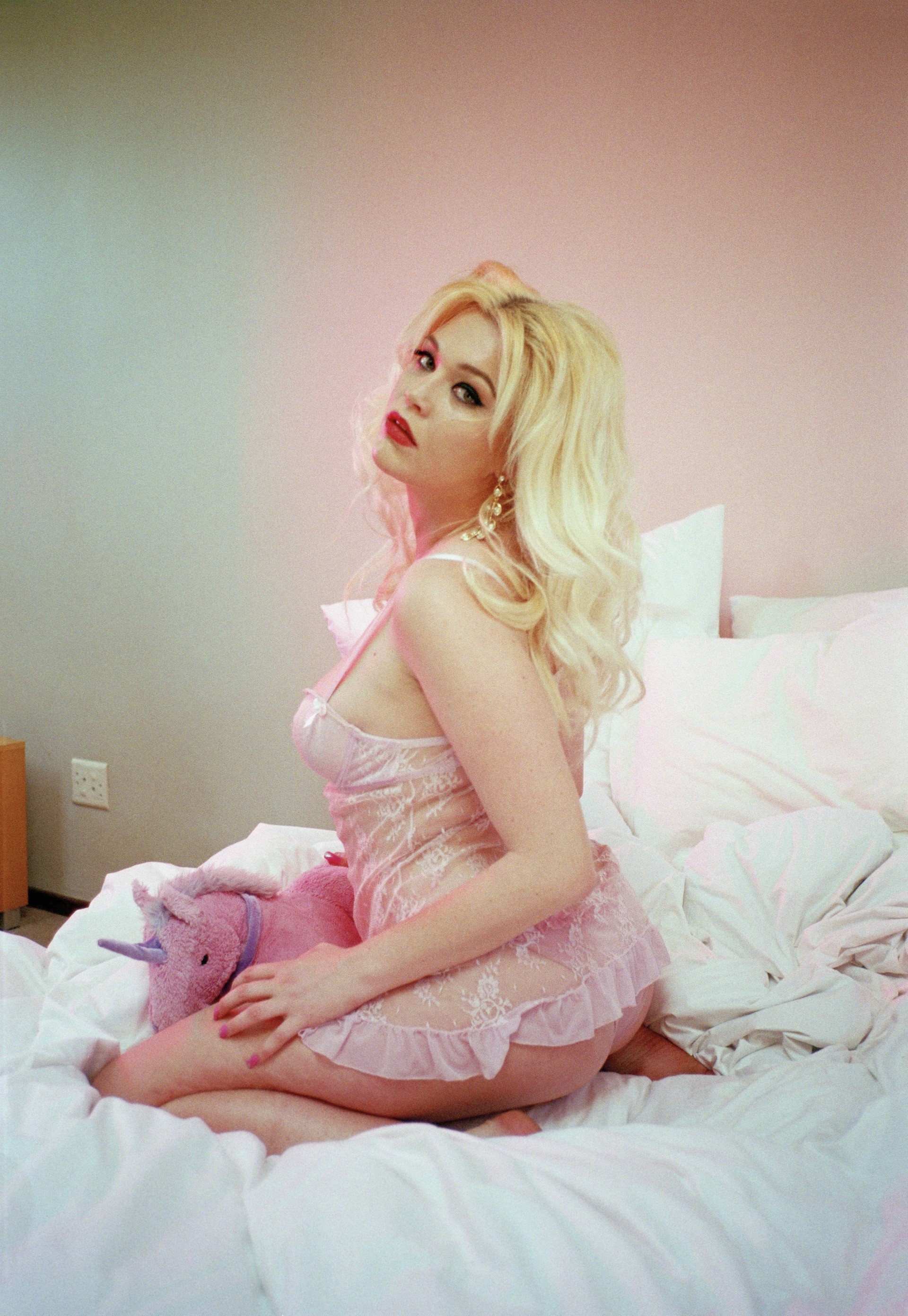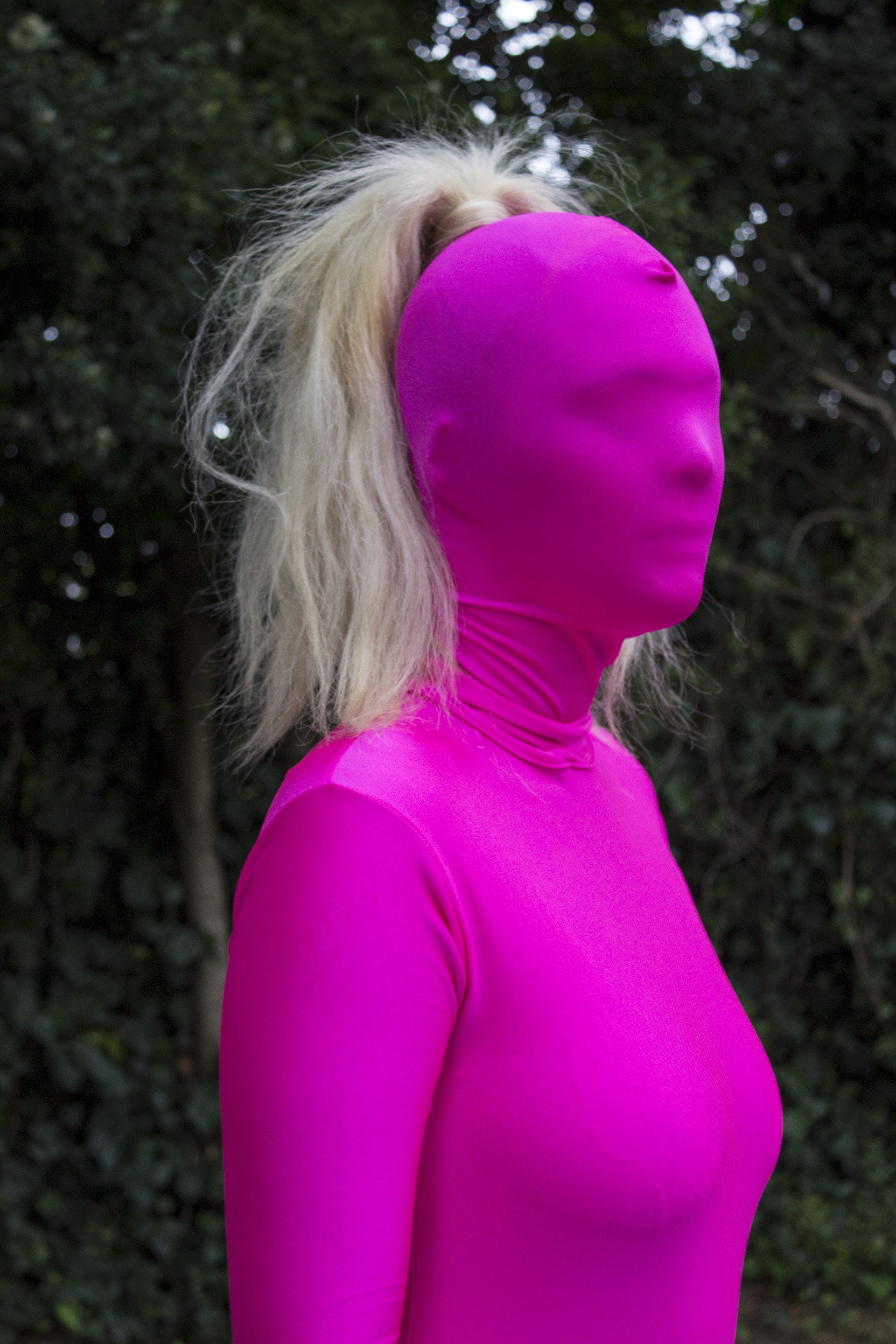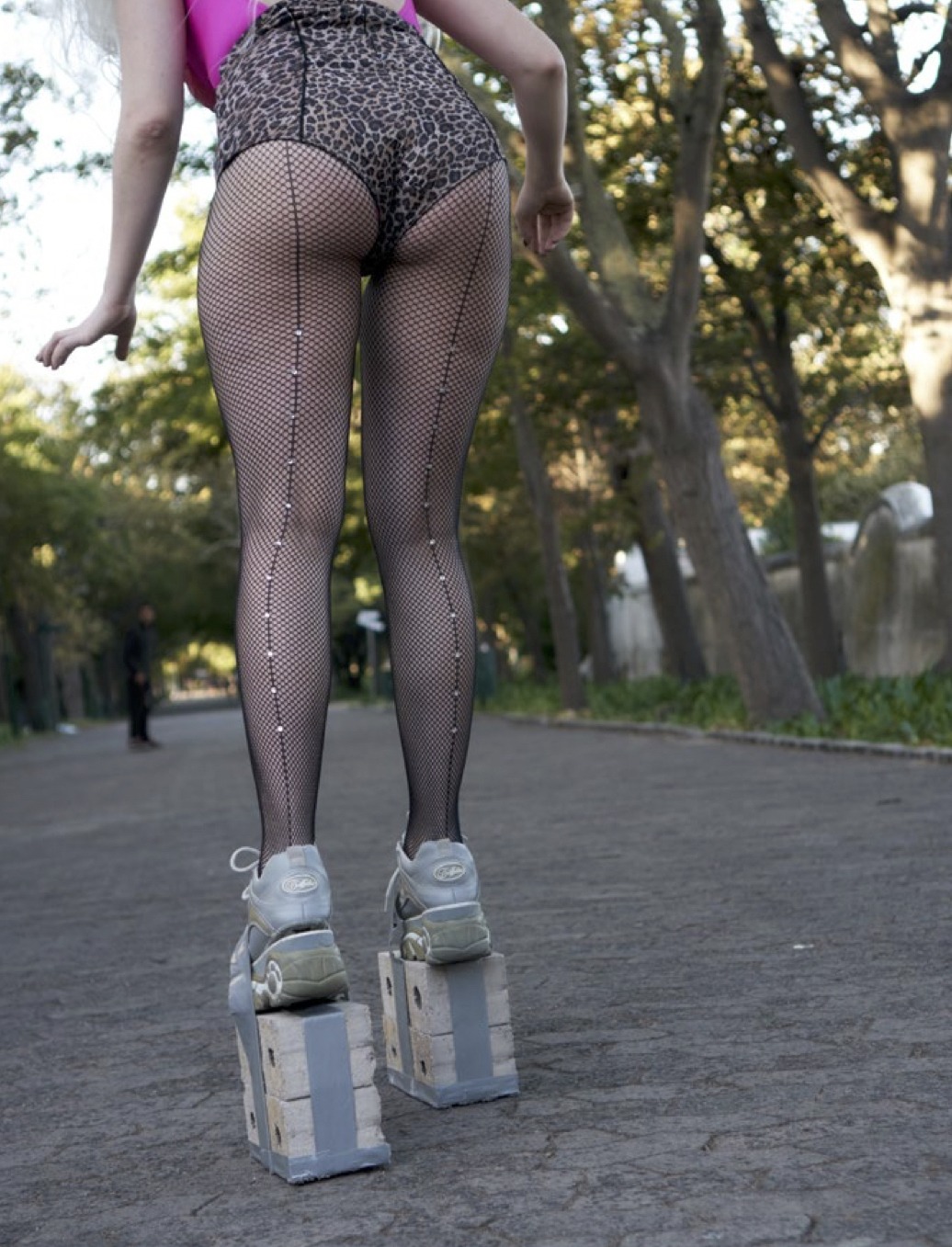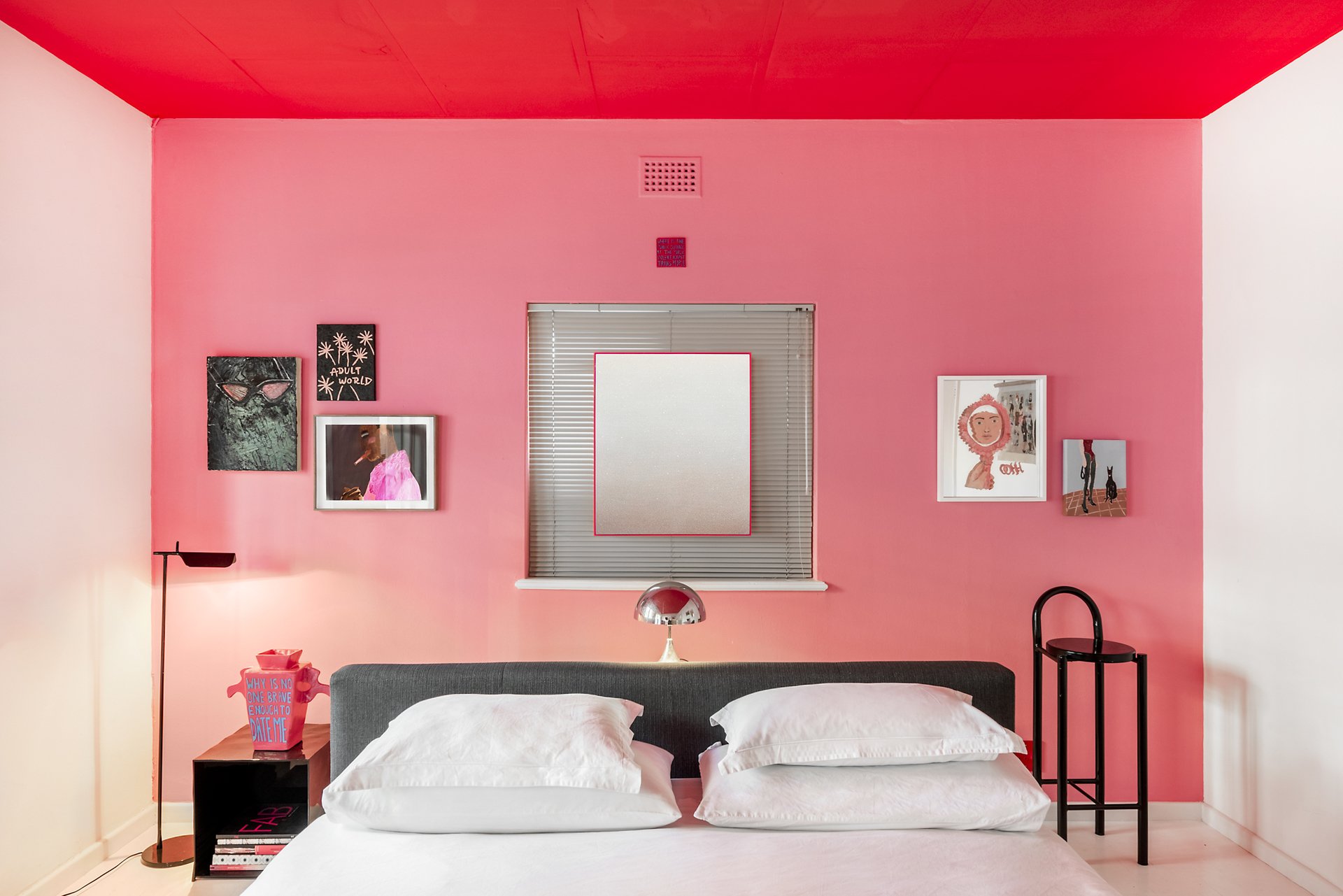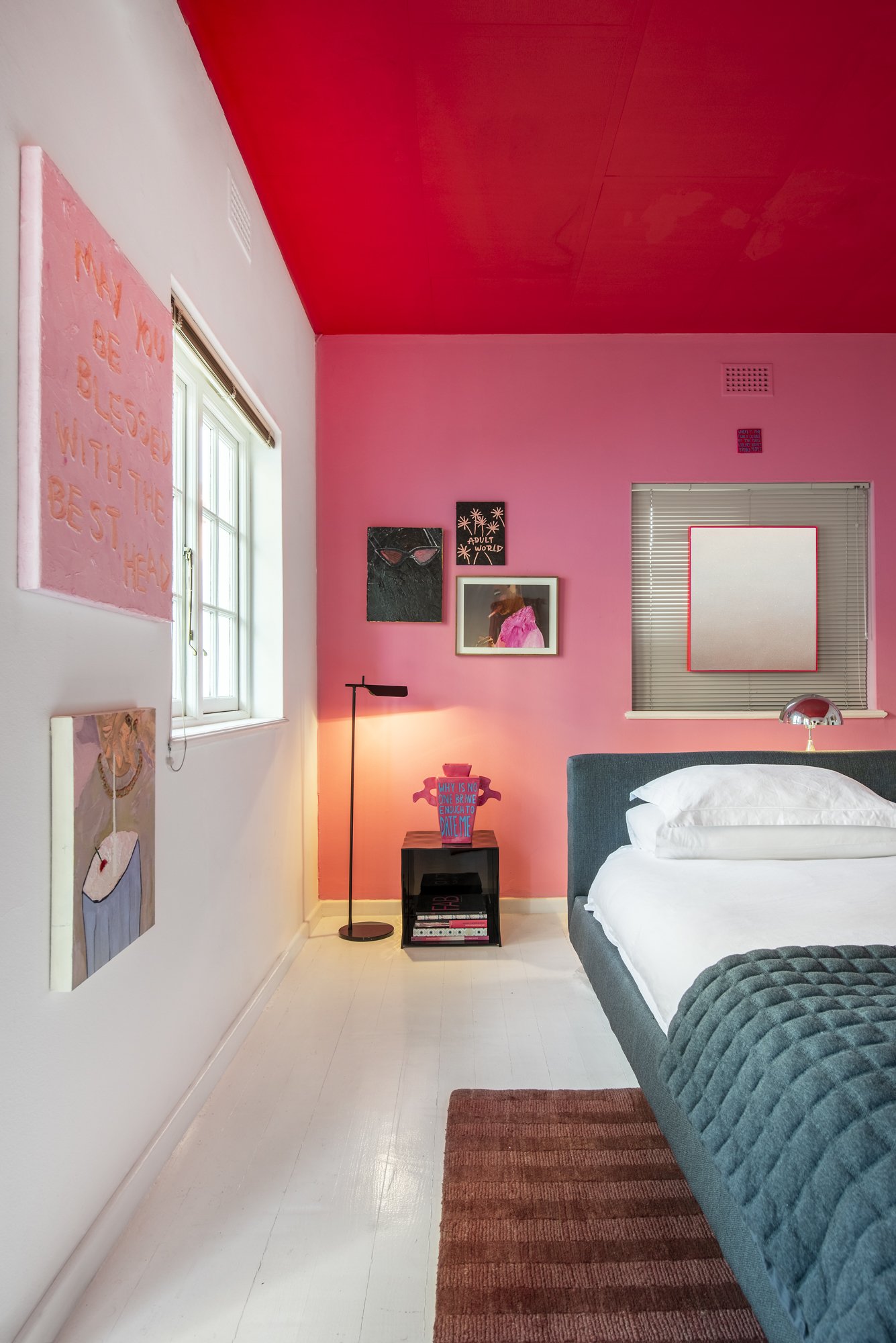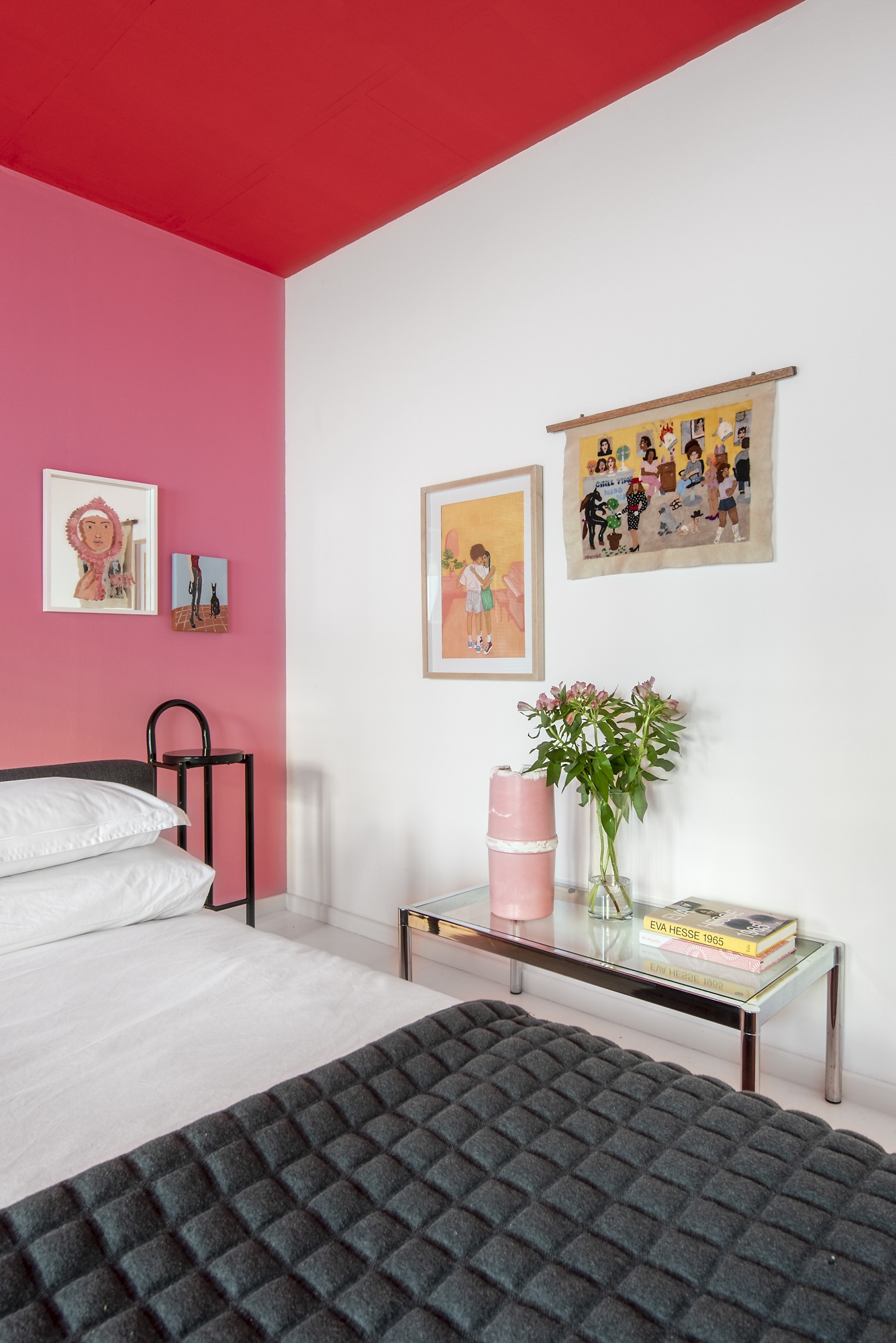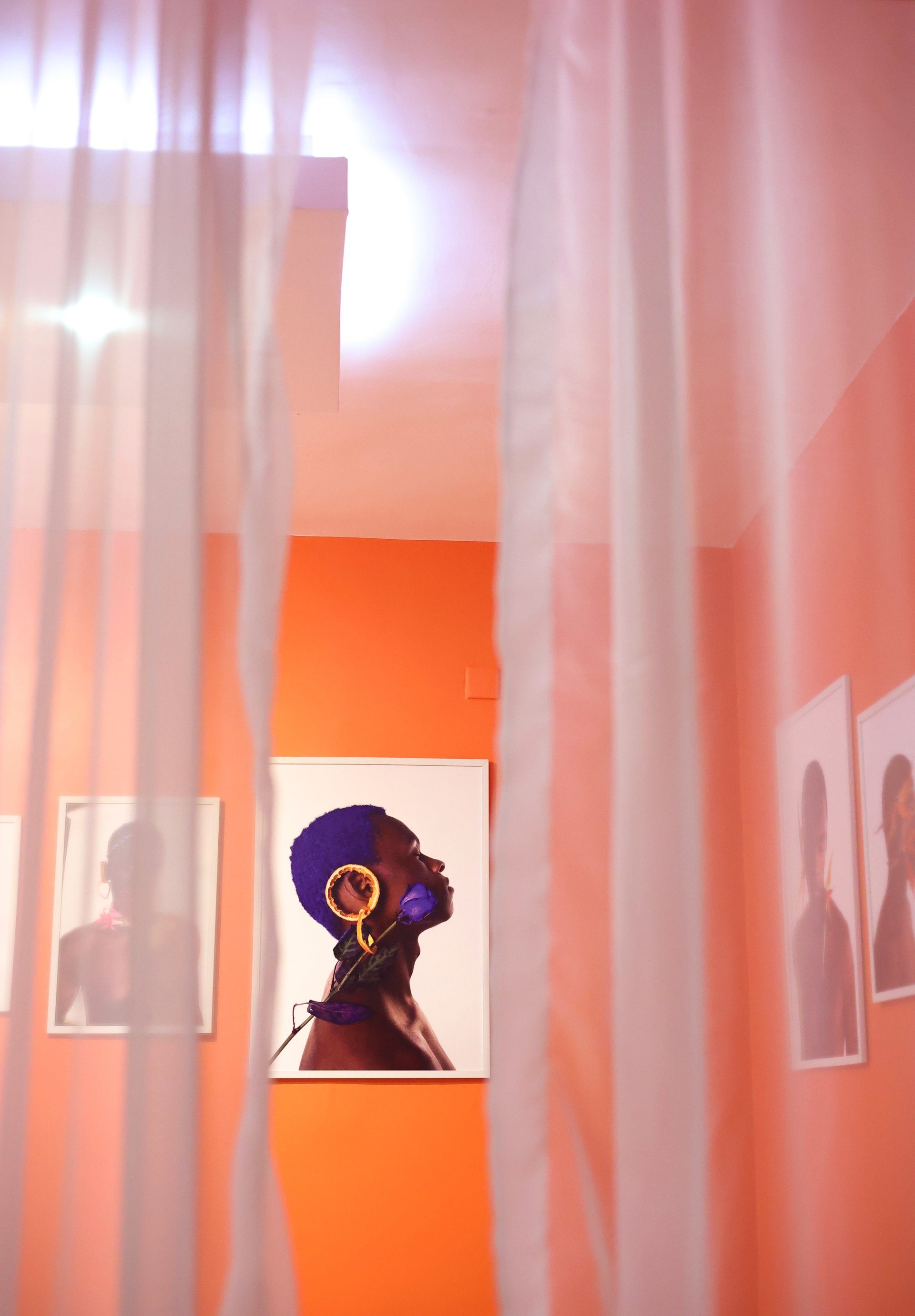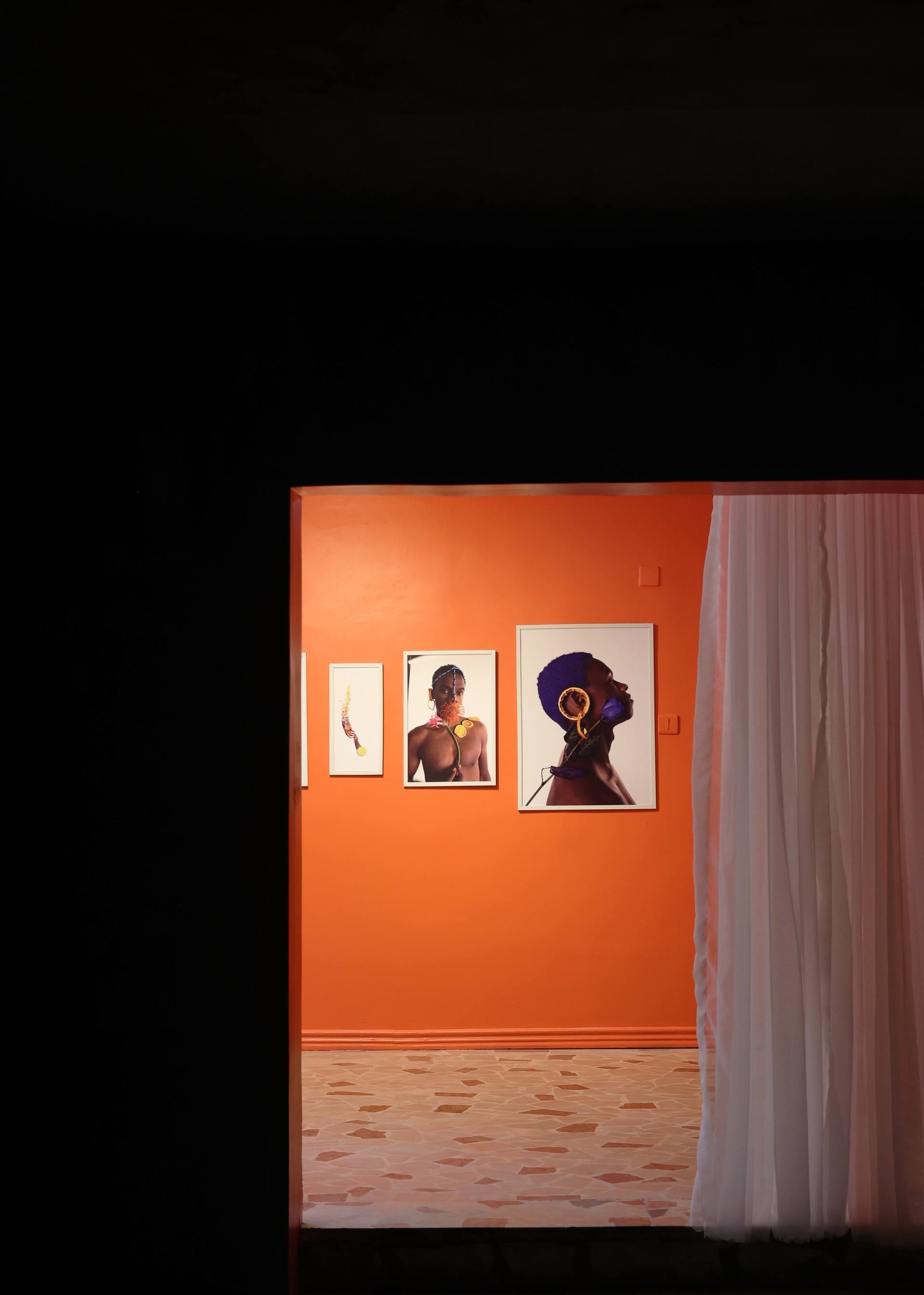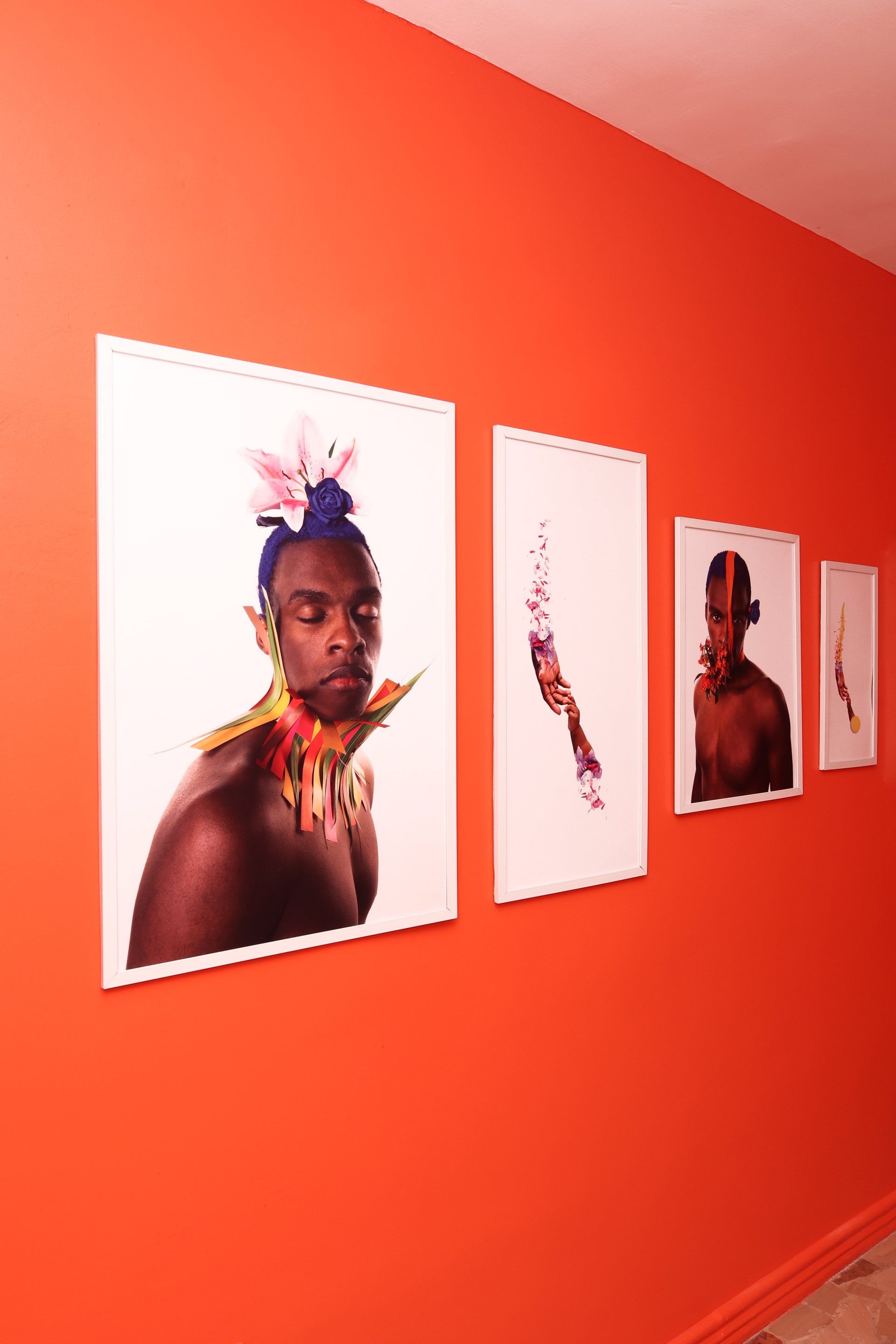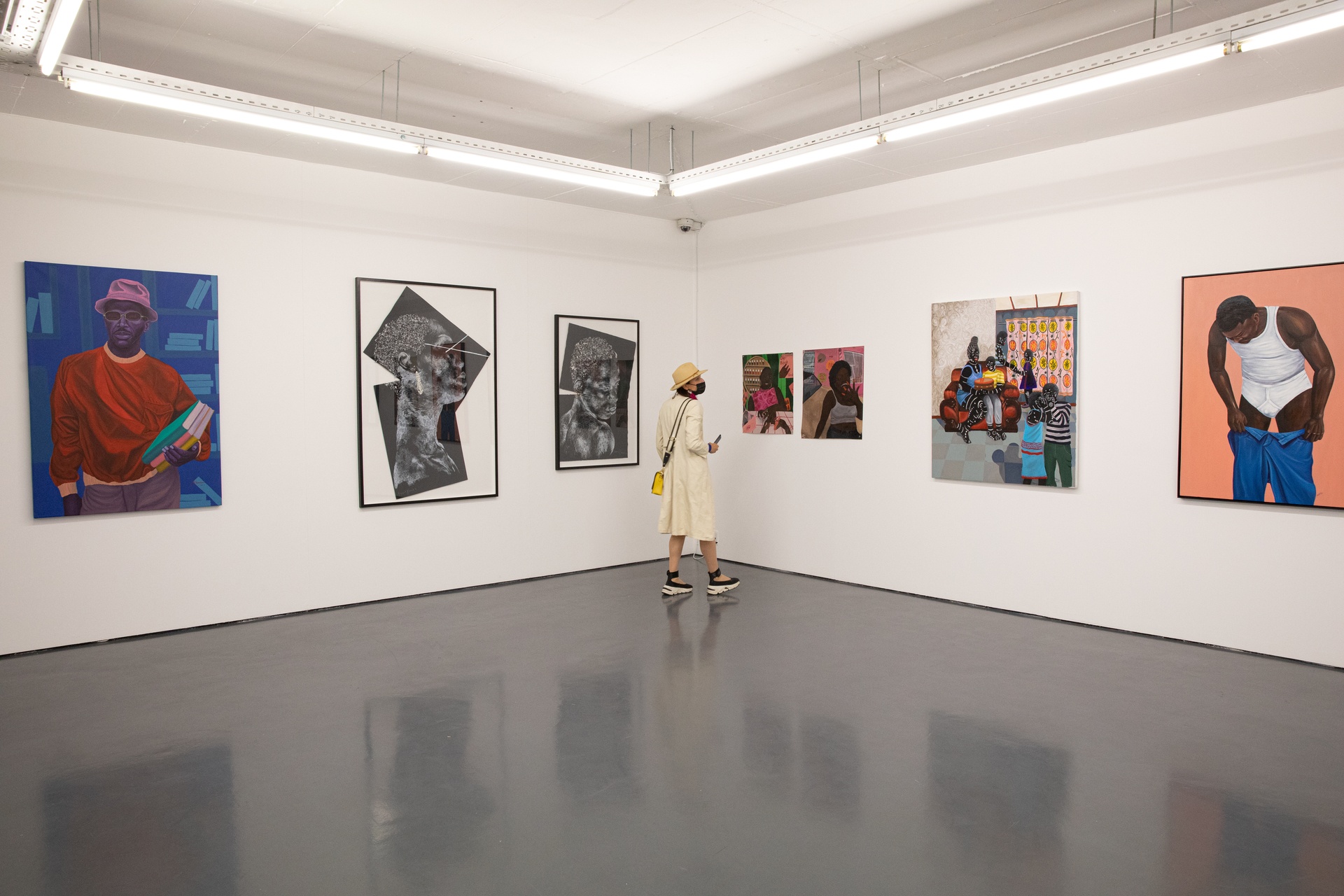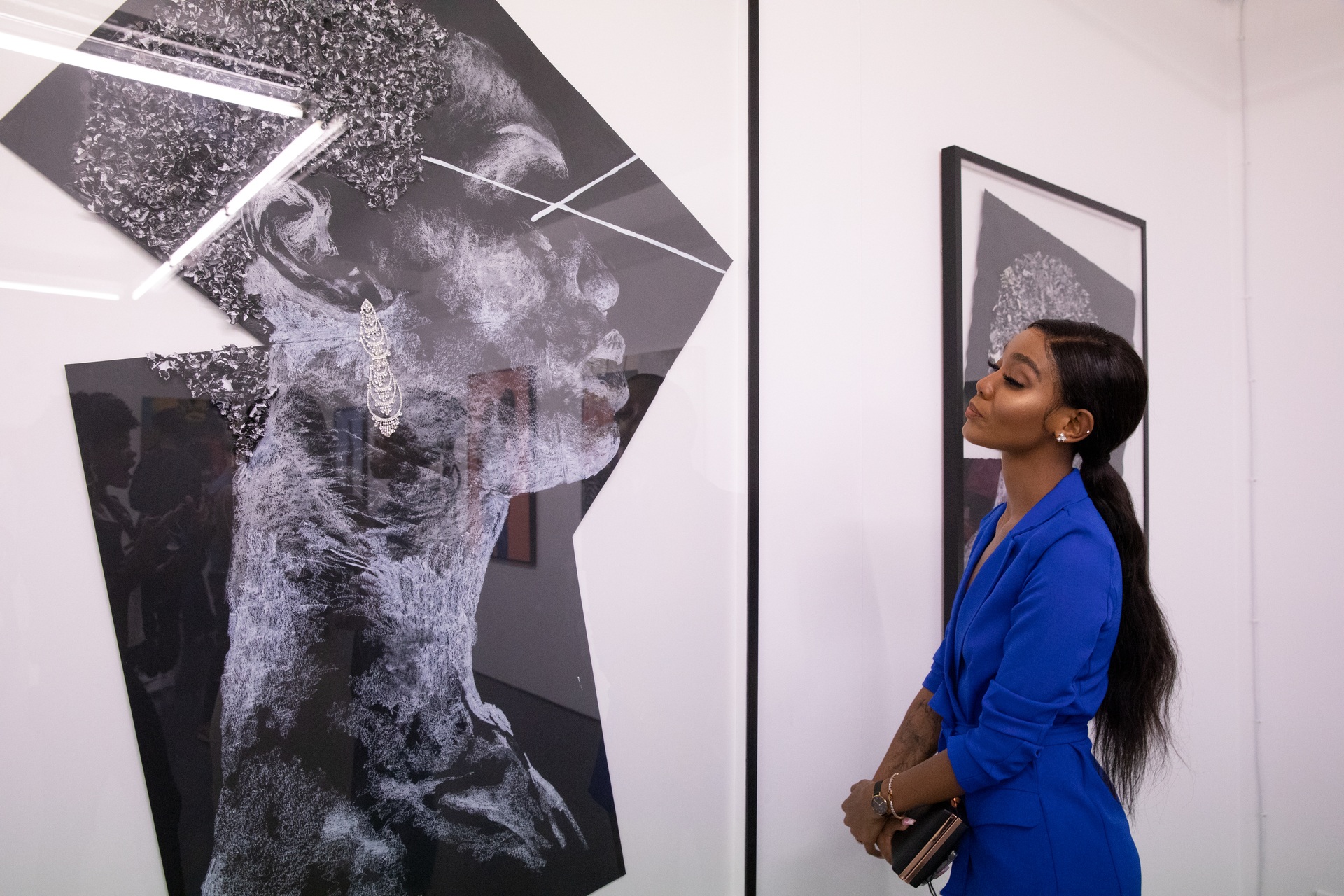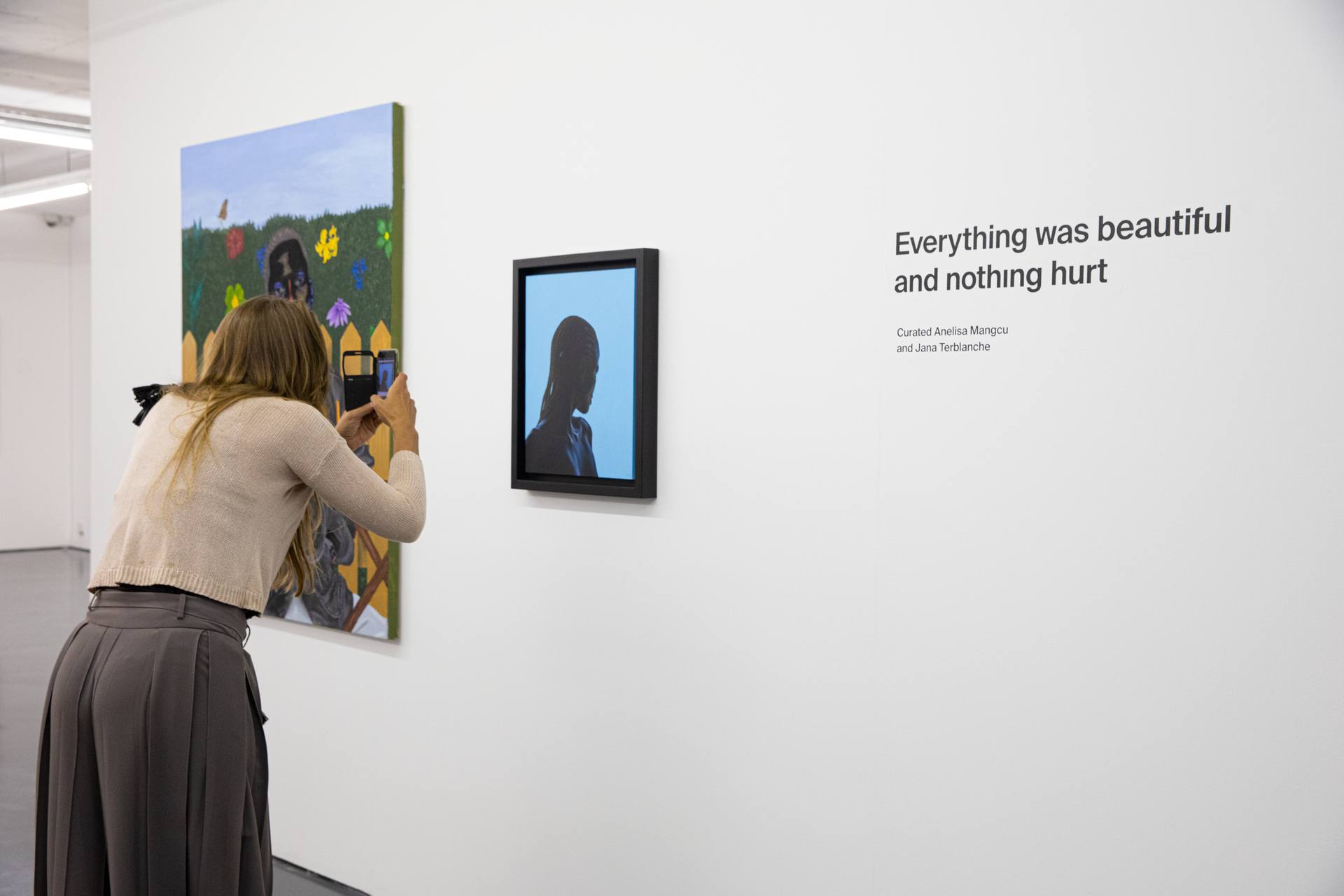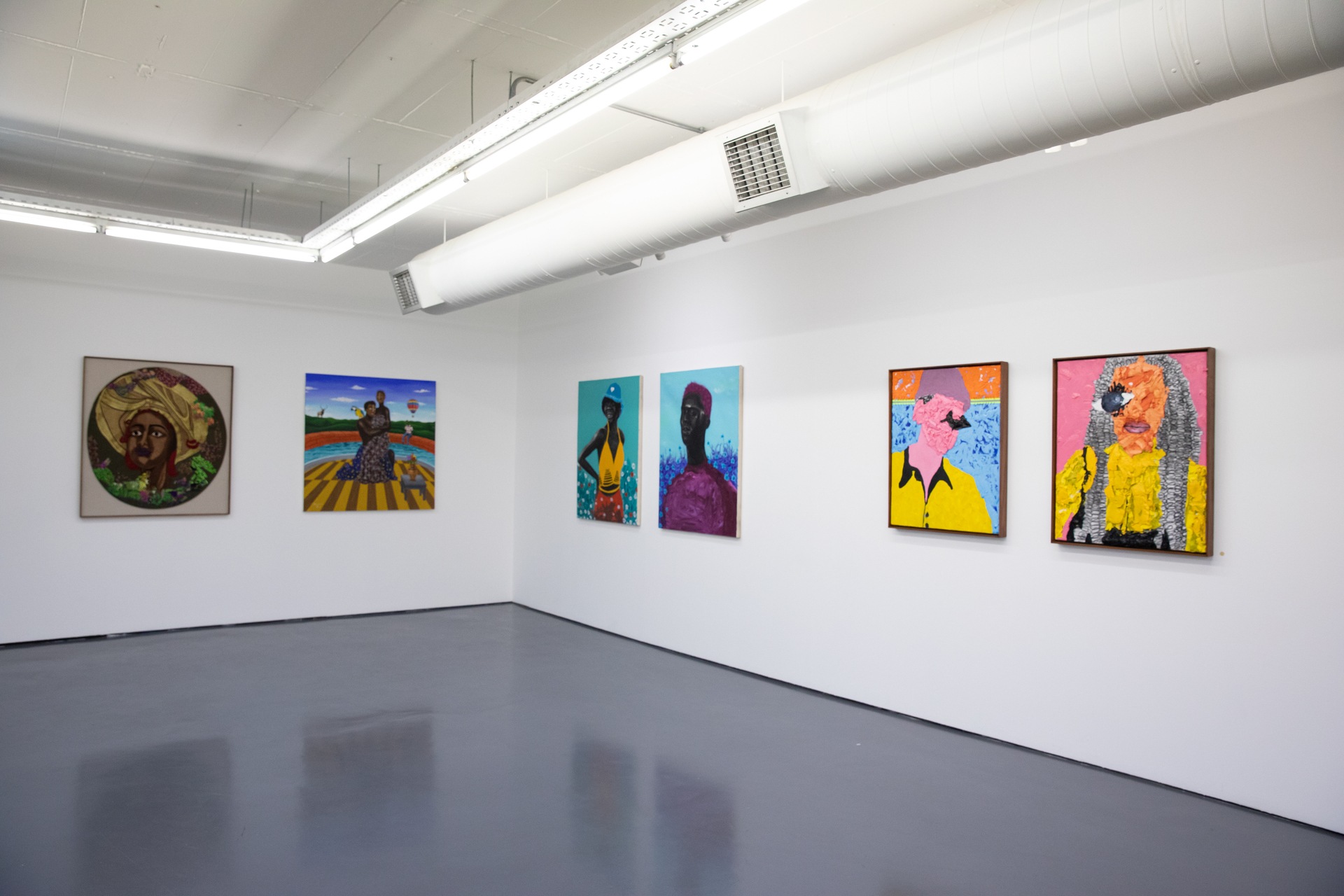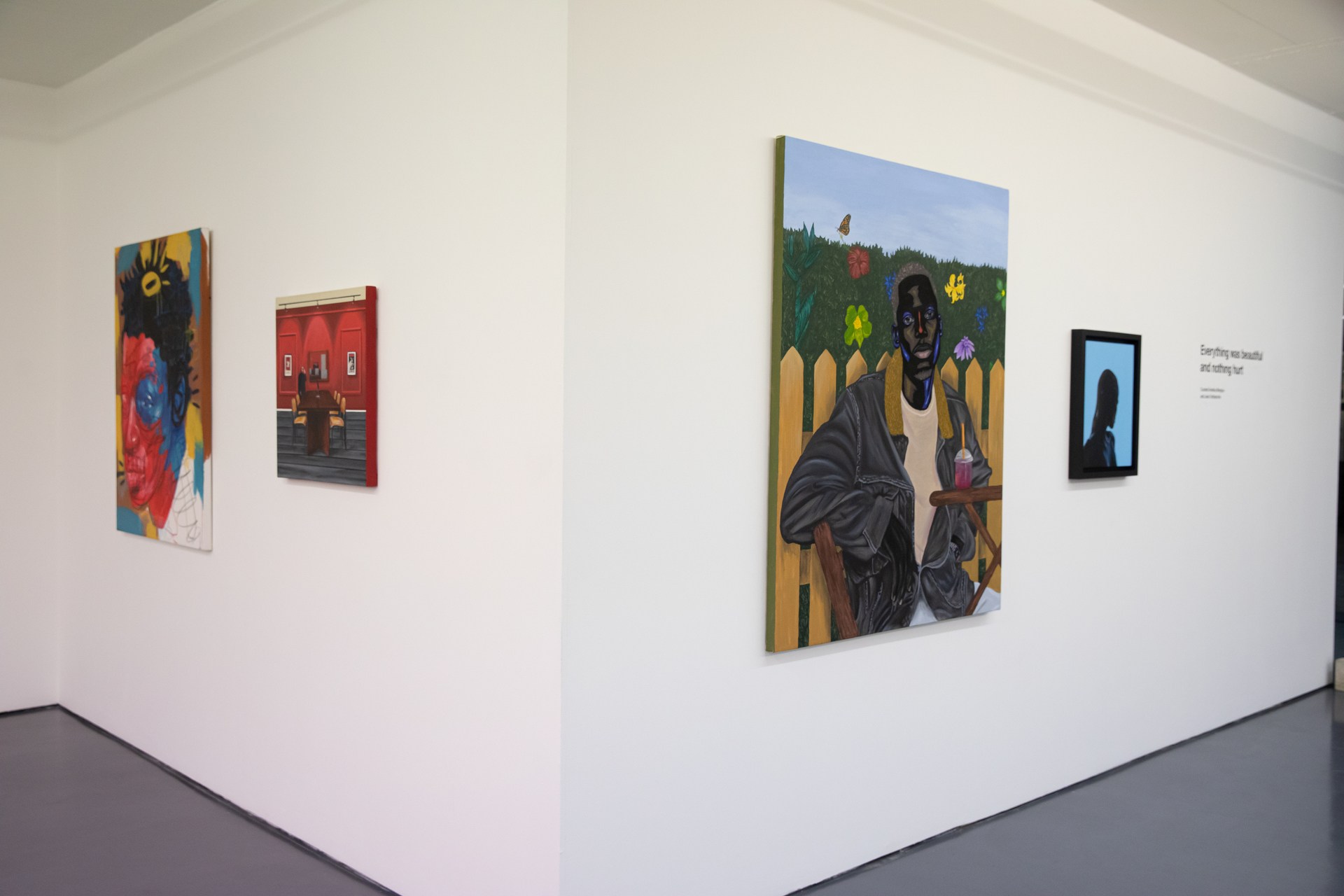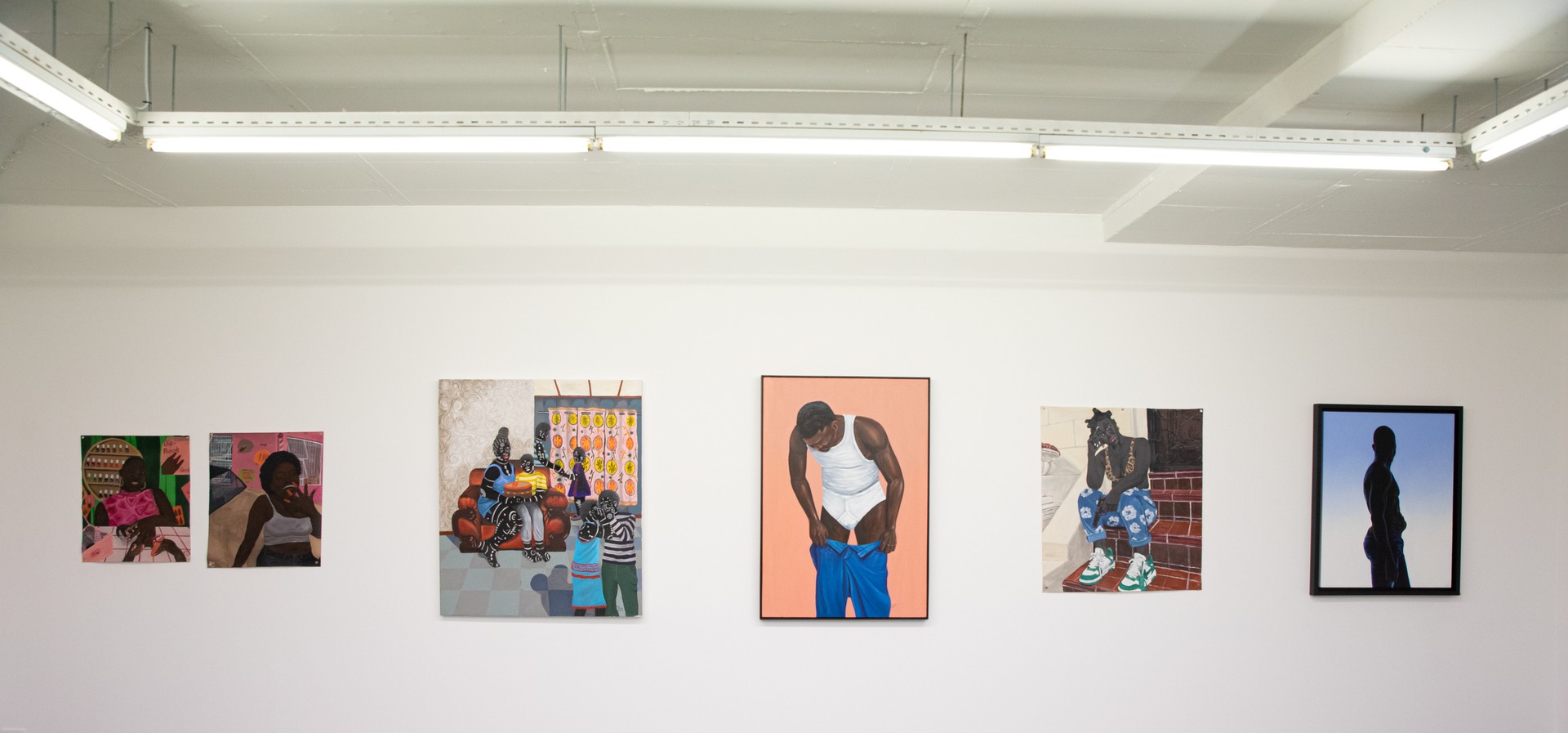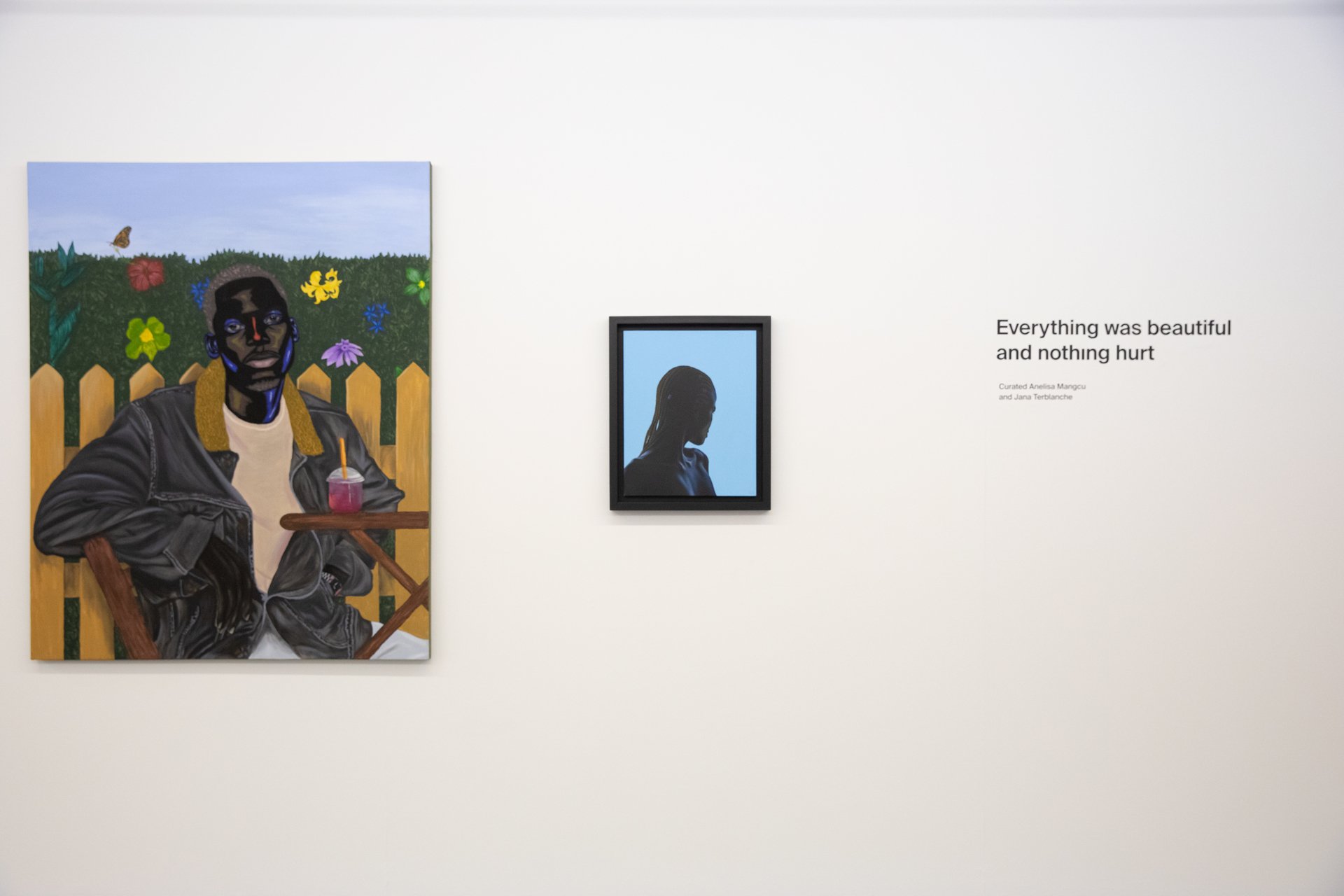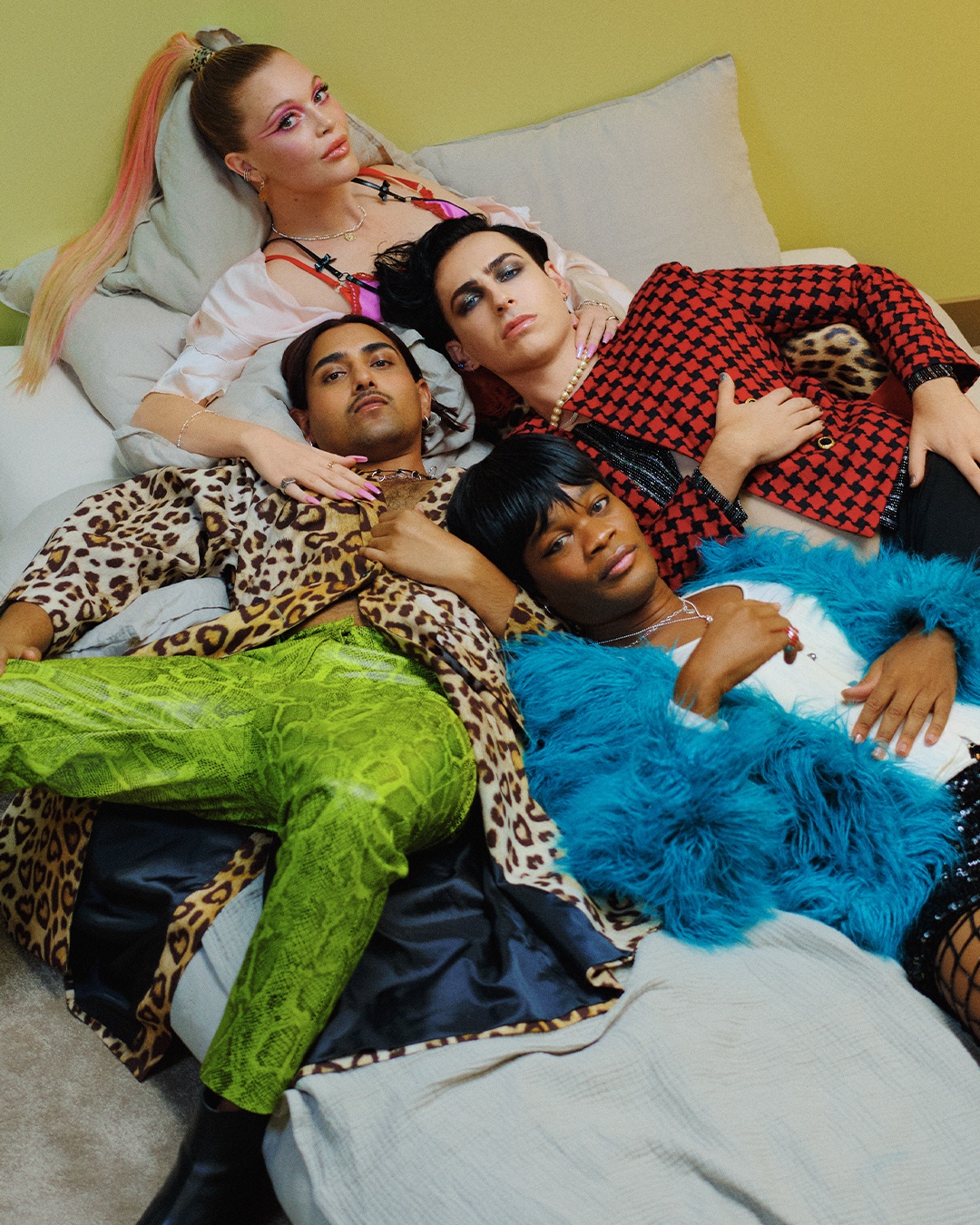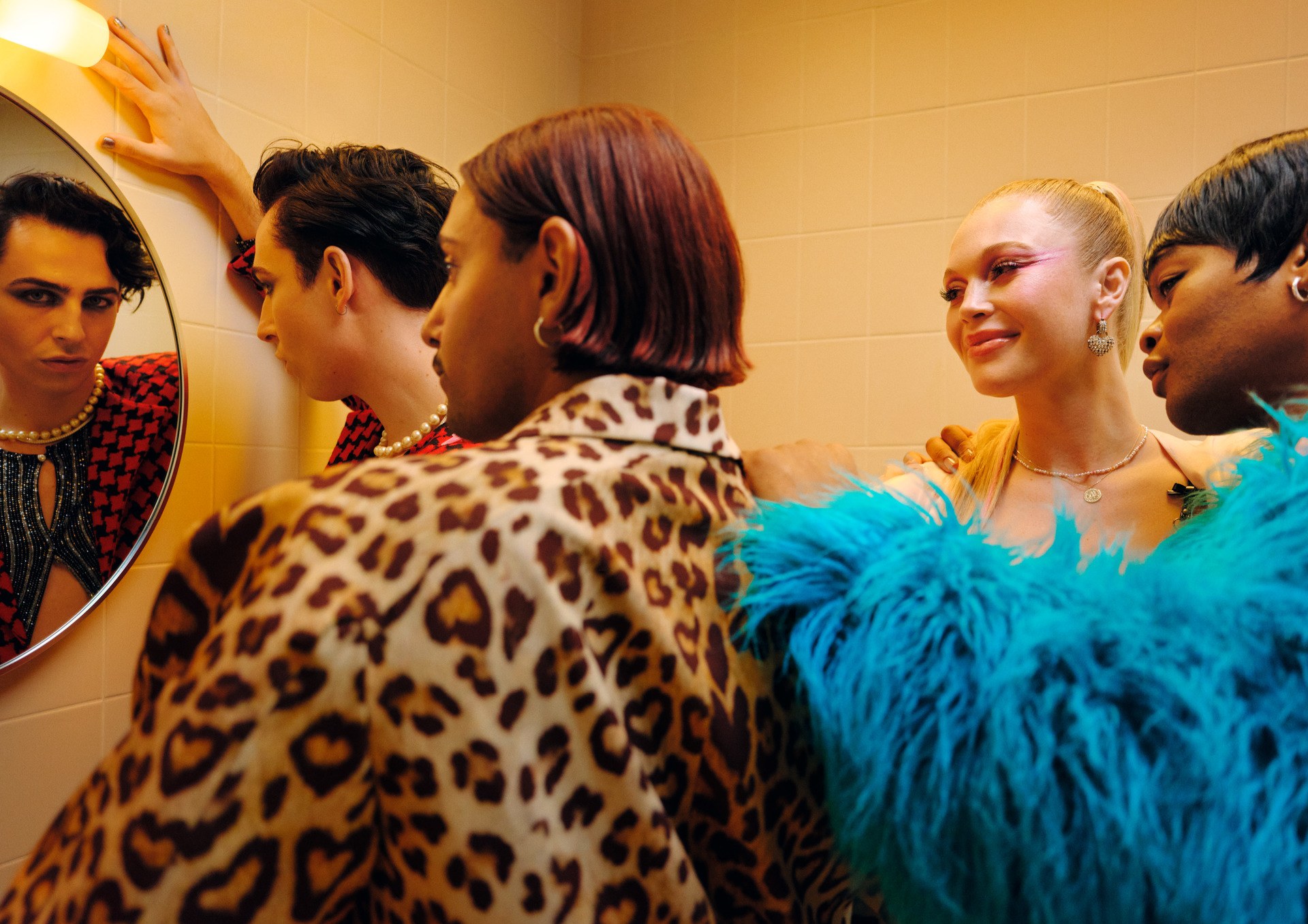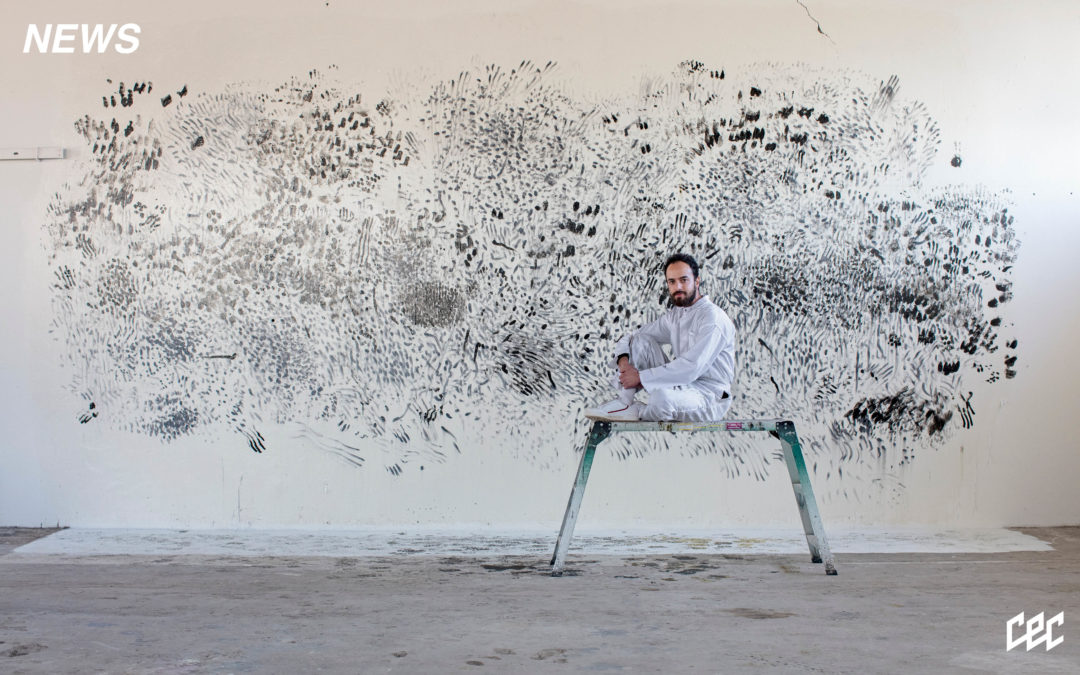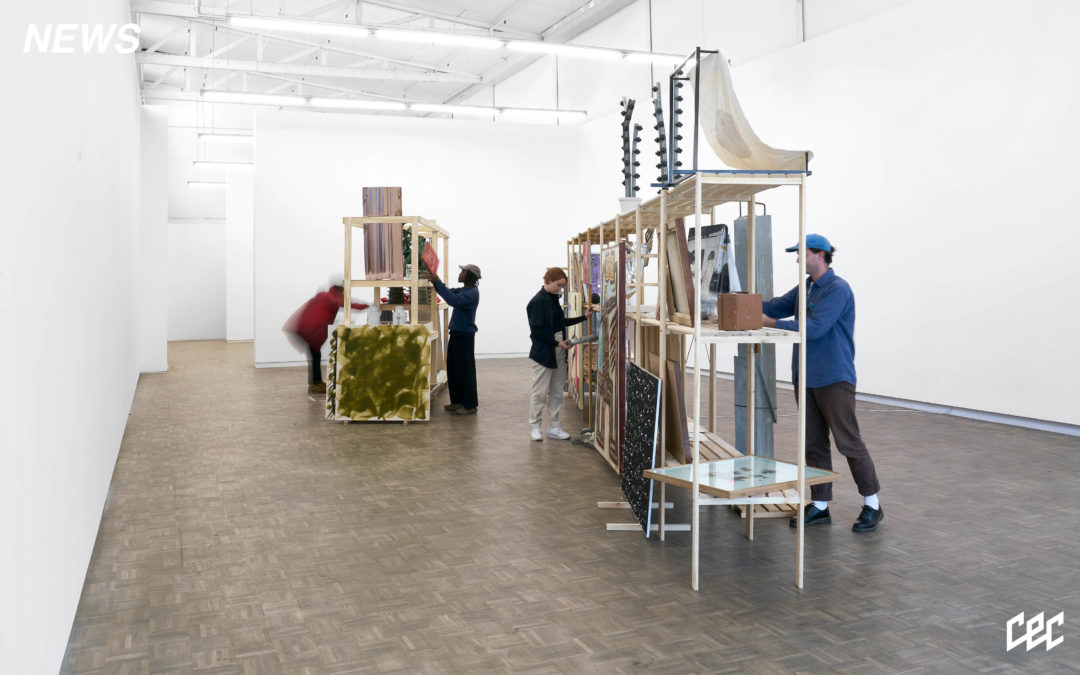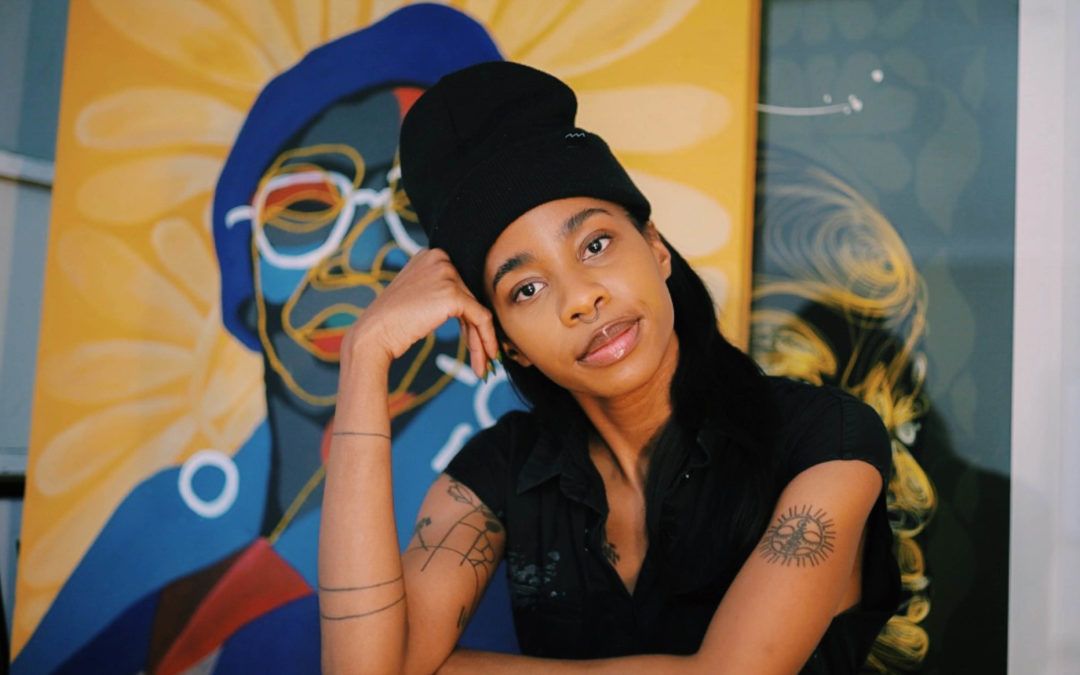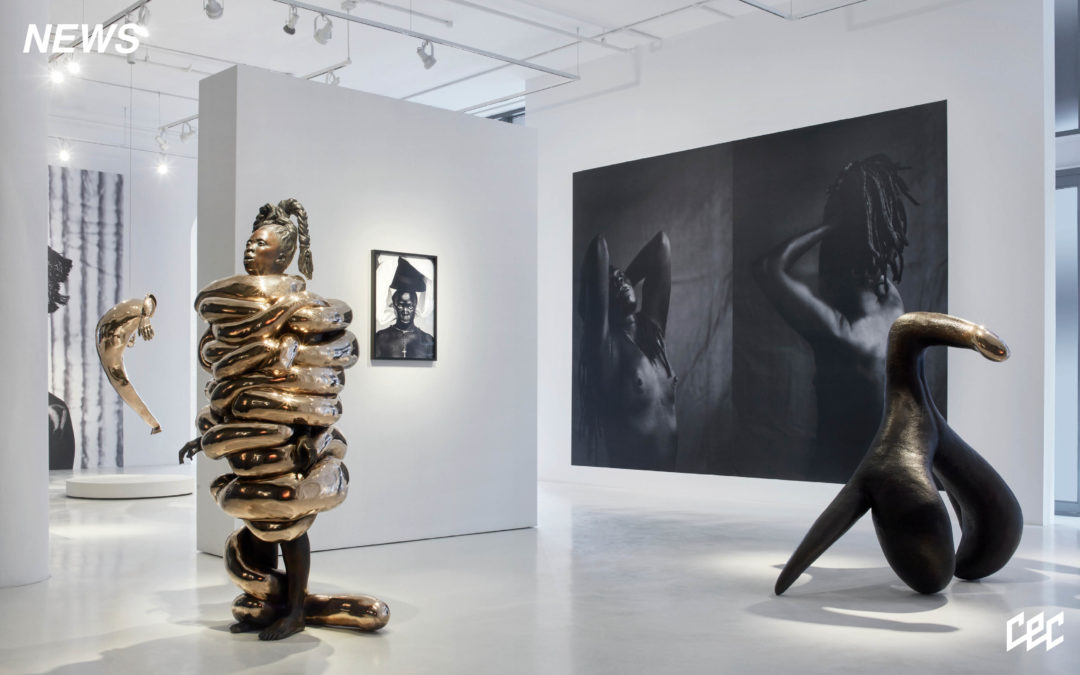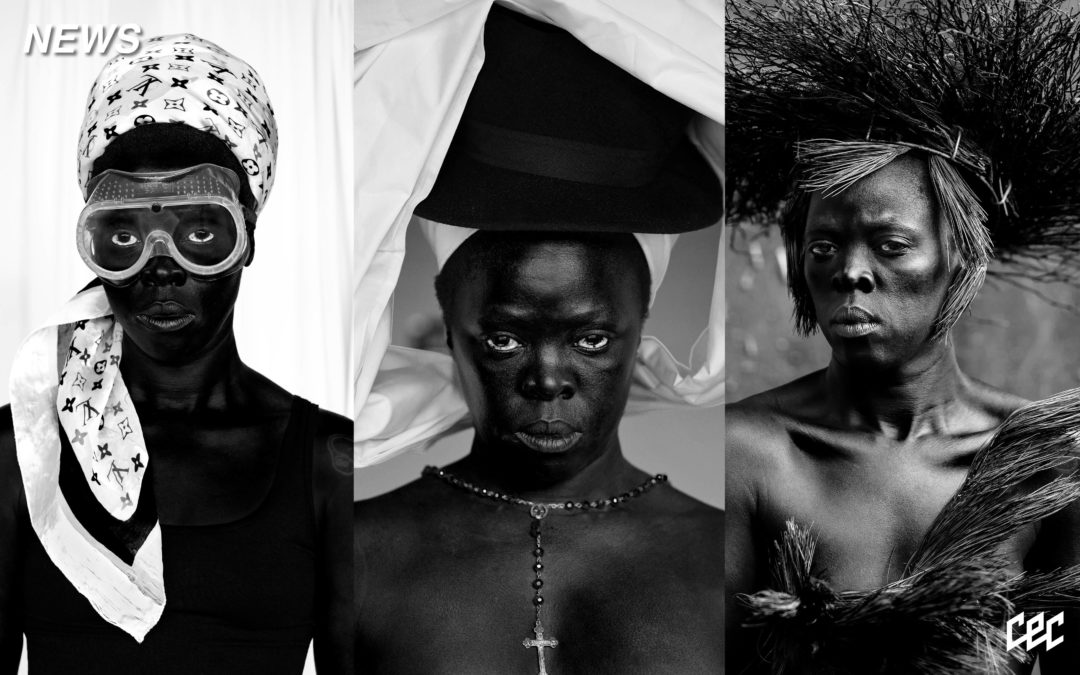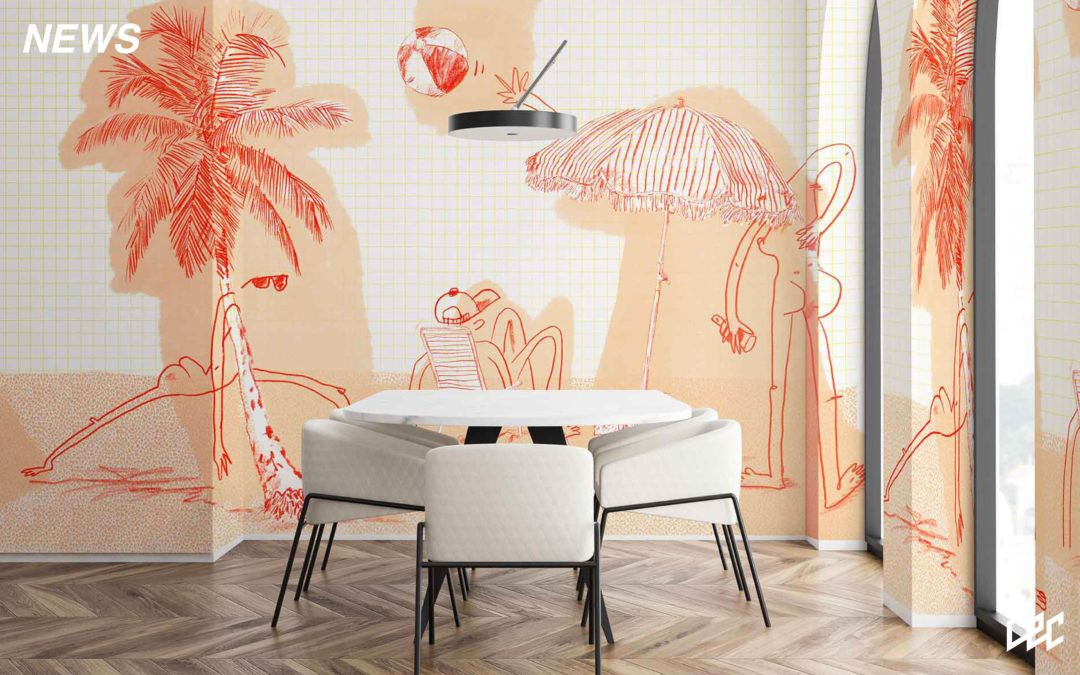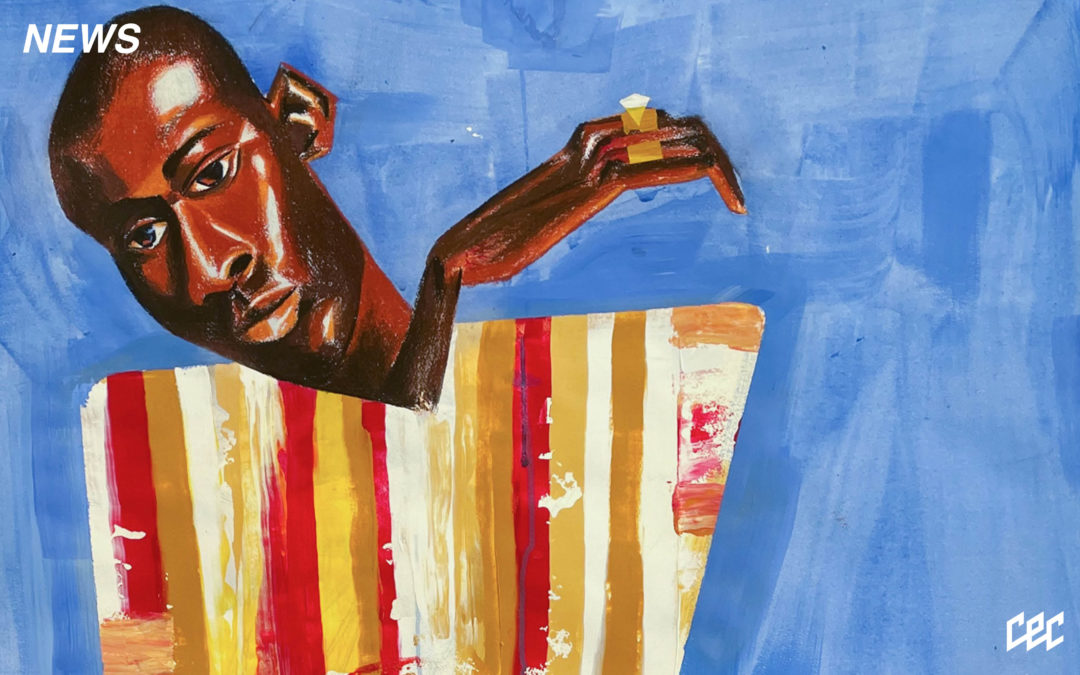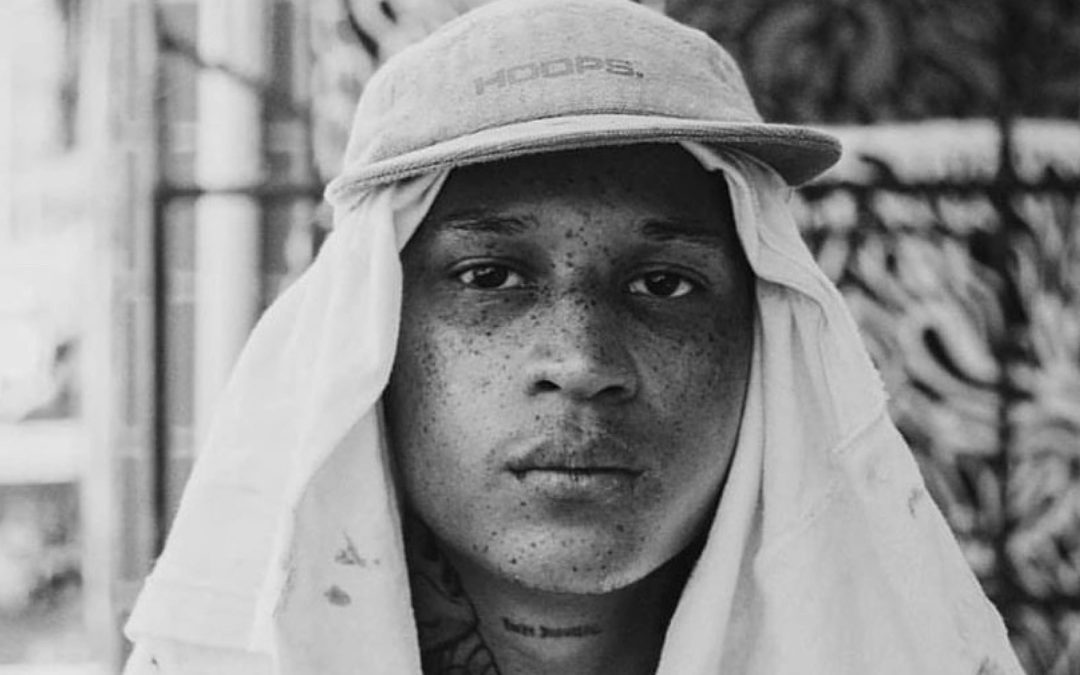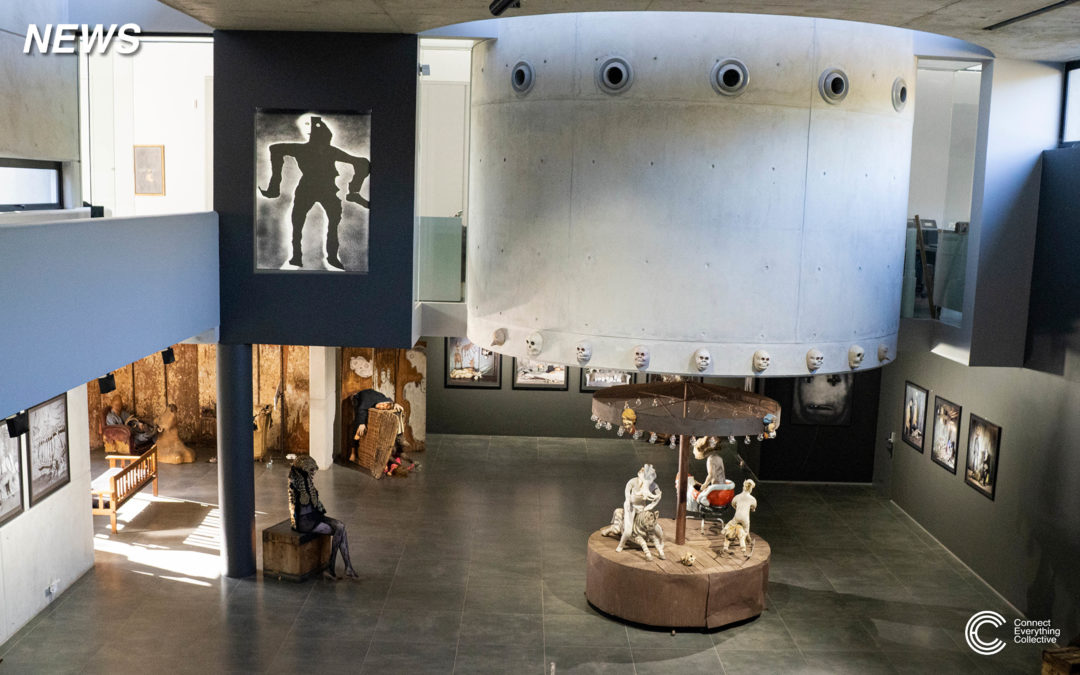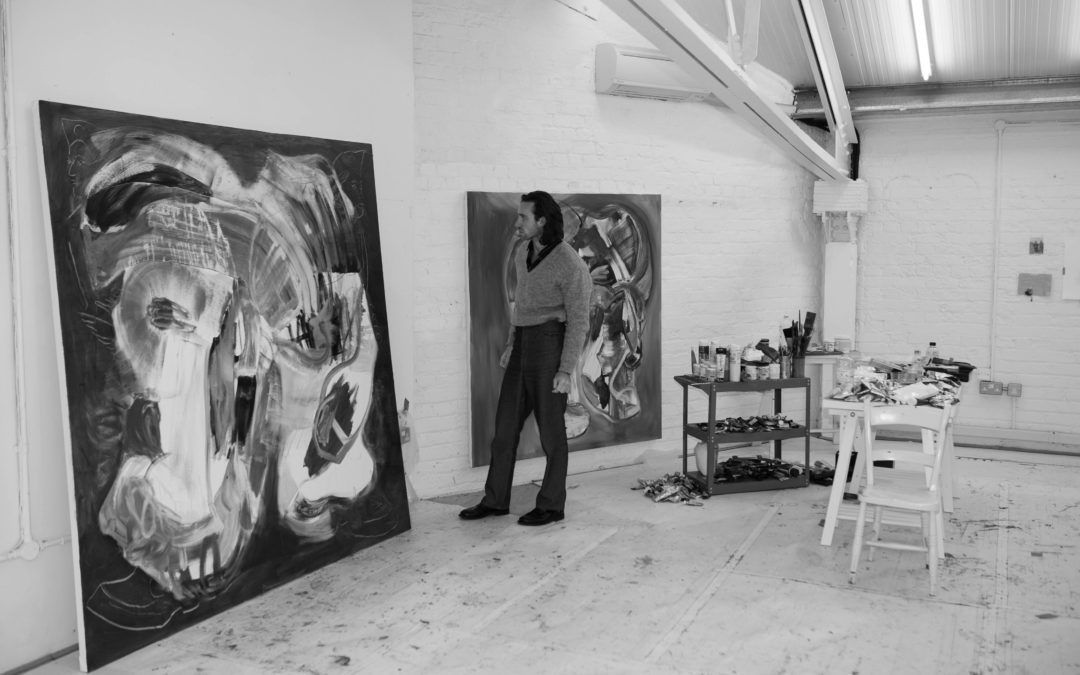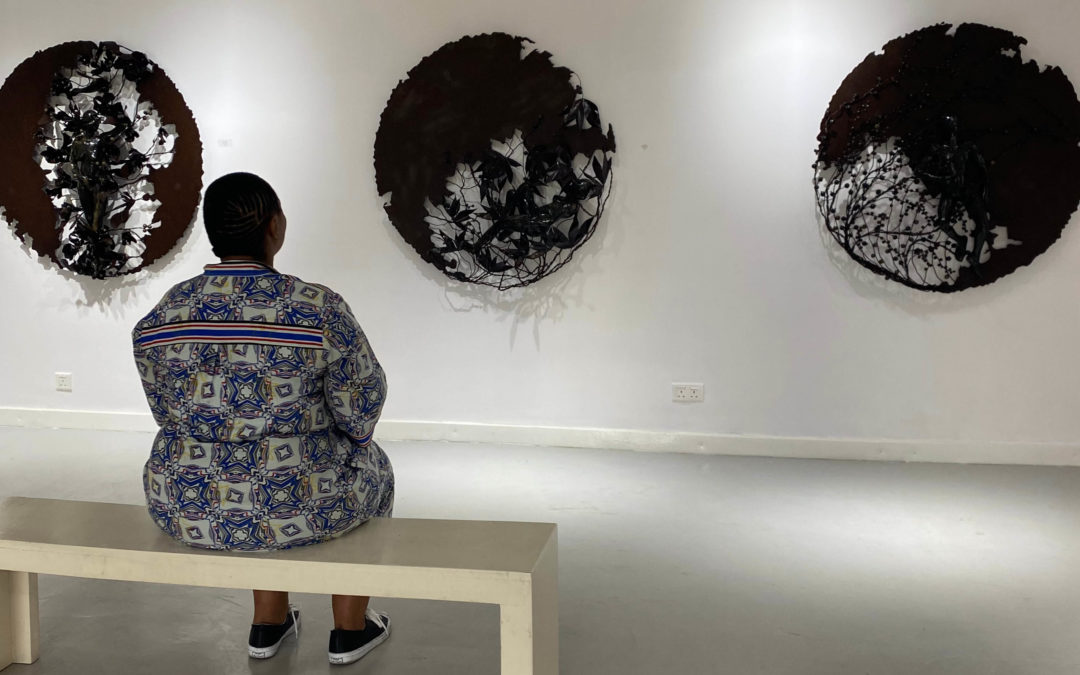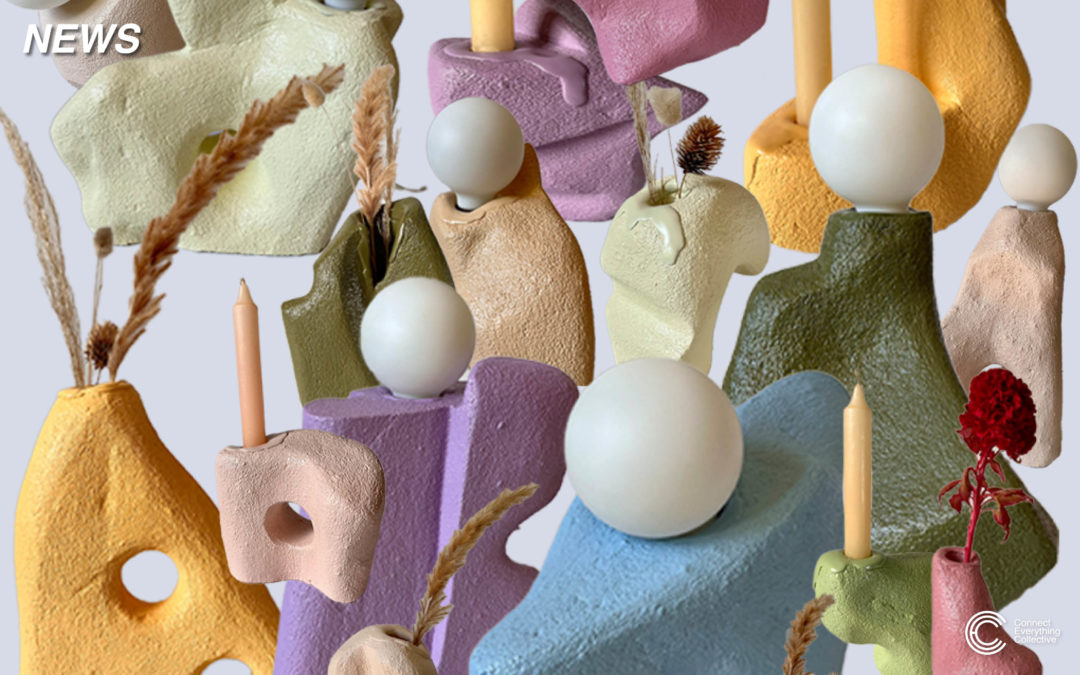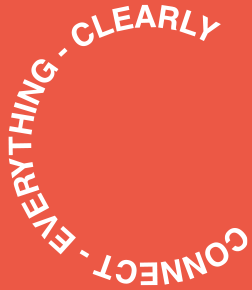The image traditionally held for the art world, when it comes to both people and institutions, is quite austere; a strict code founded on a western sensibility in which severity equates to seriousness. Art as an industry has systematically functioned as a branch for exclusivity – and in many ways, the commodification of creativity – which is in stark contrast to the inherent channel for freedom and expression that art truly is. Yet, it is precisely within this confinement of spirit that artists themselves have always challenged; and it is within this mood of liberation from severity or restriction that artist and curator Jana Terblanche has found her voice. Jana Babez, as she is affectionately known, has been a maverick and mother of Cape Town’s (and South Africa at large) art scene for a decade; beginning her journey as a student and later graduate at Michaelis School of Fine Art, in the early 2010s. For Jana, pink is the most illuminating colour – and Britney Spears is perhaps the most important artist of our generation. This is not irony; these facts speak to Jana’s greater sense of performance as precisely herself, self-describing as “girly, joyful and fun” – and is with this authenticity that Jana shows up as one of the most important curators in South Africa; as a guardian of the arts, and protectress of creative freedom.
‘’Art was the thing I was drawn to my whole life. I knew it was going to be an unusual choice, as it’s one of those paths with less certainty, and I think that challenge really spoke to my curiosity. I gravitated towards performance art during my studies, and developed a foundation that mixed together my sense of playfulness with how female bodies are perceived in society. I do think my life is a bit of performance anyway – I like to entertain myself, and it’s interesting to see how people’s biases can be very concerned with the image in their mind of what an artist or art should look like. I think life is one long artistic process, for everyone, so having my own self or personality and the art I’ve made be indistinguishable from each other has helped me maintain an authenticity, I think.” Jana’s work has been a dialogue with the treatment of women’s bodies in South Africa quite a bit before the fight against Gender-Based Violence began to sweep the country. Jana and many women and femme-identifying artists continue to remind us that sensuality is a birthright, and to have it both policed and violated in the way it has (and continues) is a battle that continues to be fought.
The last few years have seen Jana’s artistic practice evolve into custodianship; as a curator with an impressive and growing repertoire for creating shows from Joburg to Lagos, to London and Rotterdam. On this, she says “As much as my own story is interesting, I love other people’s stories – and I think there are so many that need to be told. I have found my strength in curatorship right now, and it feels like it intersects with my artistic practice because there are performative aspects to it, but also the deep collaboration that occurs between curator/s and artists. It can be this very beautiful synergy that as a curator, I can nurture artists. I also love standing in between being very girly, over the top but also fucking professional – and so the bridge is that, performing this role of a curator that’s meant to be behind the scenes, but actually bringing my own sense of fun and spirit into the mix. I think it’s refreshing.”
Jana’s work continues to relay her clarity and vision on the purpose of art, and its relevance for healing and contextualising the lived experience of human beings. Last year, Jana co-curated a standout show with Anelisa Mangcu, titled “Everything was beautiful and nothing hurt”, centred on the complexity of black identity in modern culture, with an emphasis on joy and trauma as dualistic. Jana reflects, saying; “I have been travelling to Lagos quite a bit because I’m affiliated with the African Artists’ Foundation as a curator. Within that realm, black portraiture has been emerging as a very critical movement for reclamation for black bodies. I wanted to bring this conversation home, so Anelisa and I co-curated the show for Art Joburg – and the director for the space, Mandla Sibeko, gave us incredible free-reign – outside of a gallery context, too. It was a very cool experiment on taking away certain constructs in art such as commerce, and then having the show held together by this poignant theme of black portraiture. Anelisa is a longtime friend, and we have walked a long journey together – we went to high school together – so this was a very special, full circle moment. The energy in Joburg is crazy too; the response and hype from everyone who came just enriched the whole experience, and it’s one of those moments where I am strongly reminded of why art exists, and why it’s so important.”
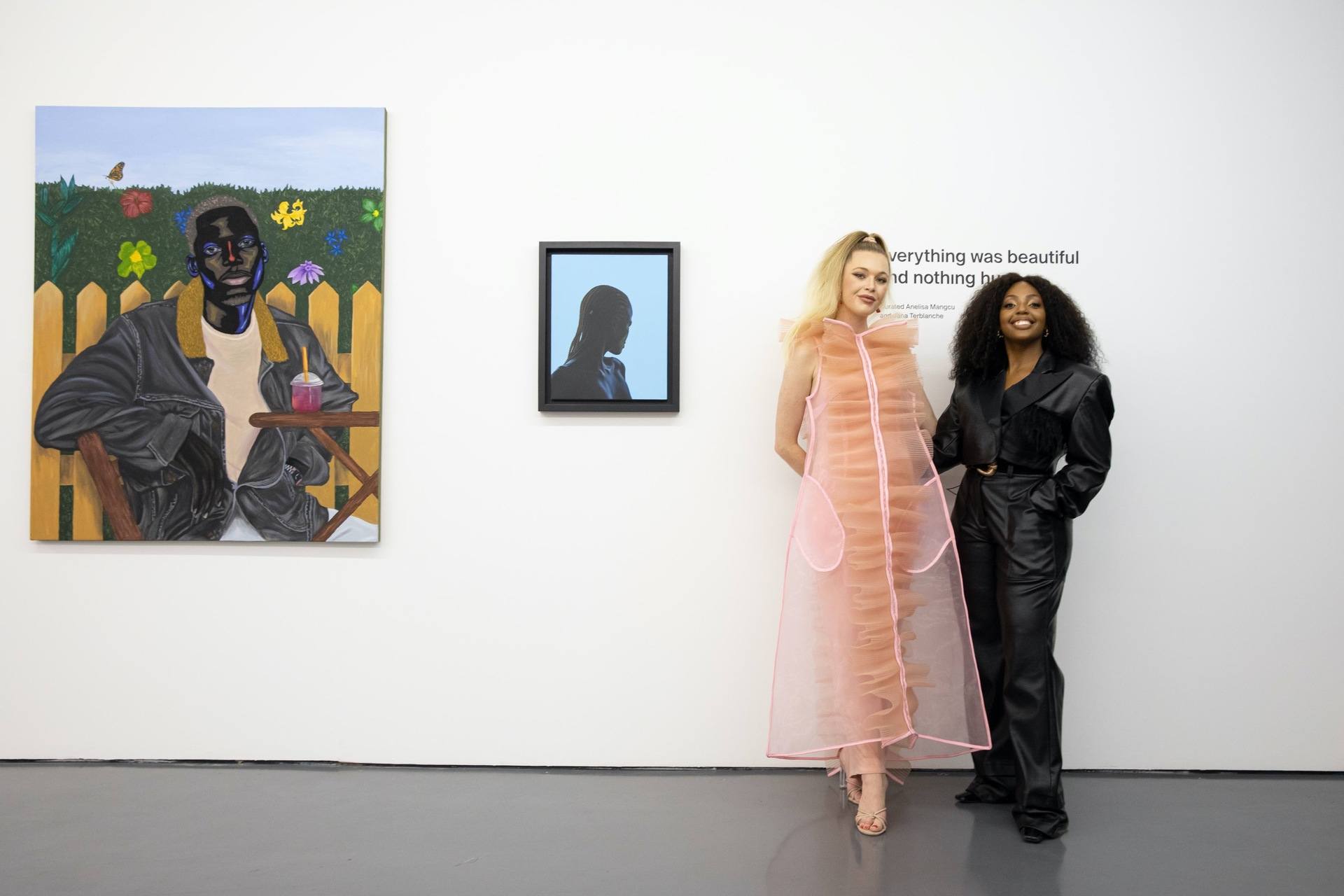
Jana’s work continues to expand as she continues to use her curatorial role to celebrate queerness. Last month, Jana’s show Hot House in London, and on this she comments; “For Hot House, I worked with Sixty Six in London. They are what we could call a “nomadic gallery” as they’re not fixed by a venue – so they are not bound by needing to have a gallery schedule and the pressure that involves. I’m interested in seeing how we can take the traditional models and adapt them to suit our lives, the lives of artists and people. Growing up in Cape Town, Hot House was an enigma – and being surrounded by gay and queer friends all my life, there was this mystery around Hot House. I like this idea of people having a collective perception of something without actual experience of it – beyond judgment, too. I think Hot House was also a very important place in the city for the gay community, and so it felt like a beautiful way to acknowledge that. I asked Brett Seiler, Strauss Louw and Shakil Solanki to participate – it was very special.”
Jana’s practice is wholly concerned and considerate of what it means to truly “guard” the arts; and in that, is the representation for the true plurality of identity. Iconically, she and her best friends Martin Magner, Mavuso Mbutuma and Nash Mariah were flown to Sweden by H&M for an exclusive campaign celebrating Pride Month. The concept was the sacred experience of getting ready together before a night out – the love shared, secrets spilled and intimacy of being with chosen family before the night takes on a life of its own (as it always does). Surprisingly, in a time where “rainbow-washing” during Pride Month is unleashed as a feigned gesture by corporations, H&M released no products alongside the campaign, “We had so much fun! It was a wild thing to happen – and so cute to be in Stockholm, having our make-up done and styled, all of us together after a decade as best friends, going through highs, lows – careers, heartbreak. Also a lot of the team from H&M were young and queer themselves, so we just felt very held.”
In many ways, Jana has just begun – and we are so excited to see what comes next from the iconic and exceptional Babez herself.
/// Read about the H&M campaign here; Meet the Angels


